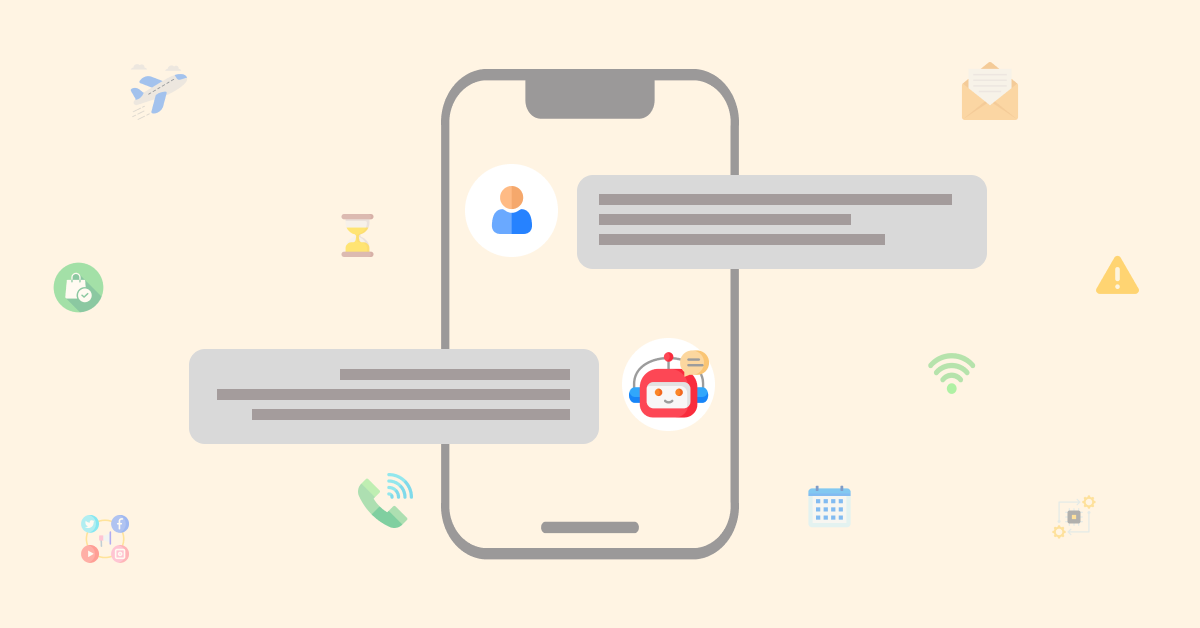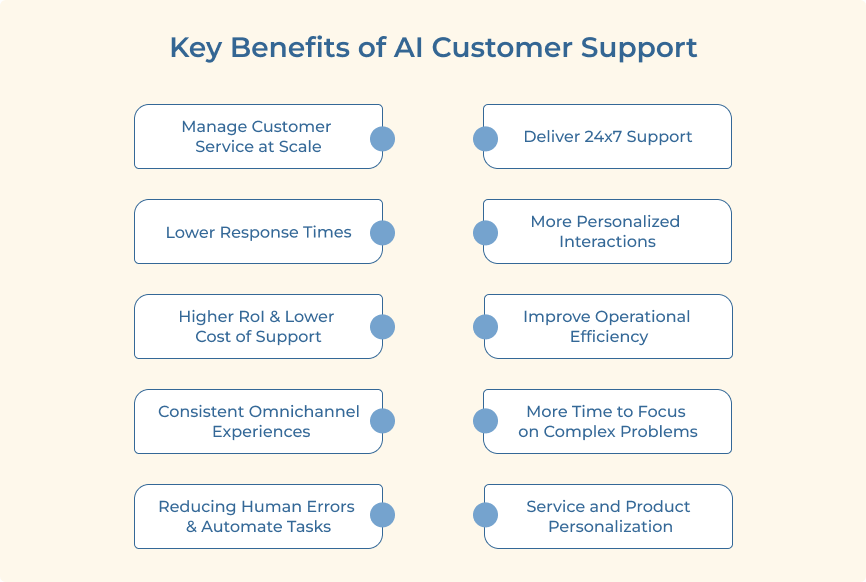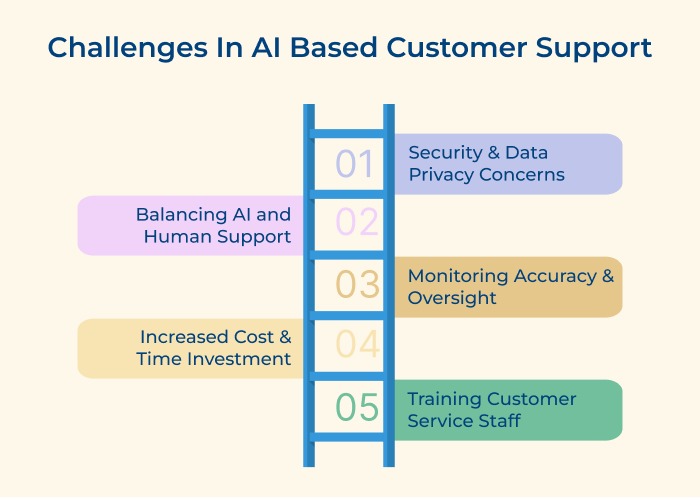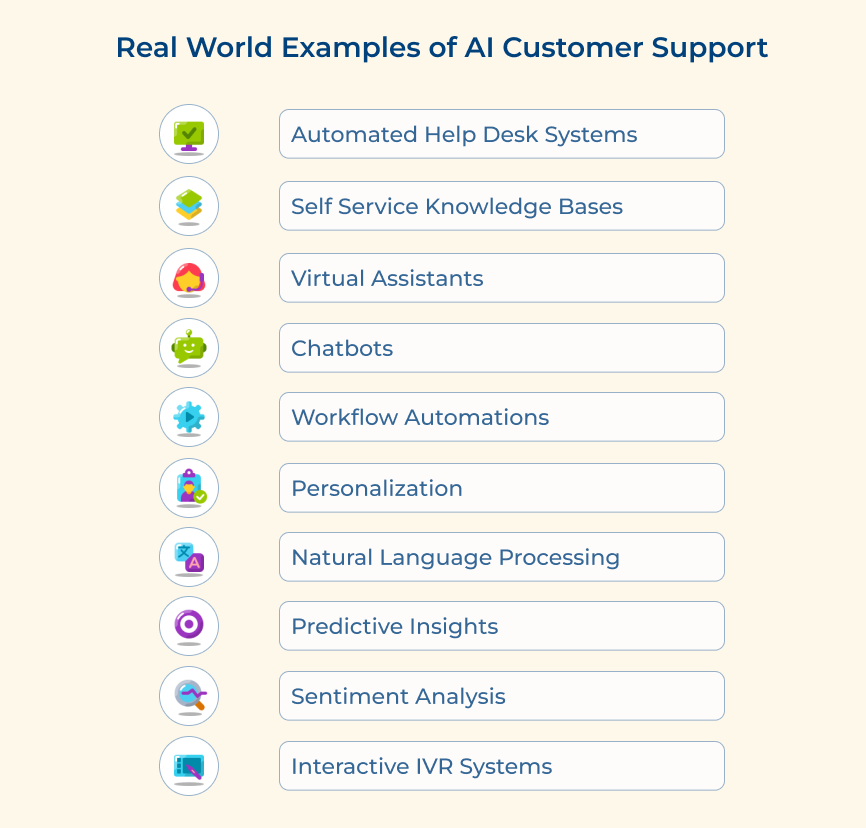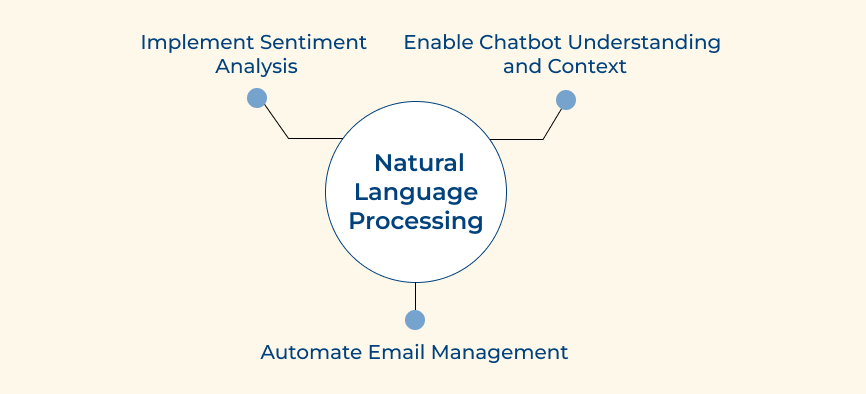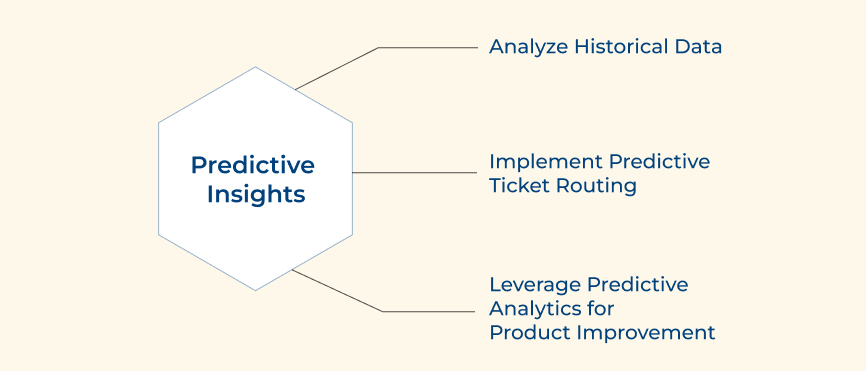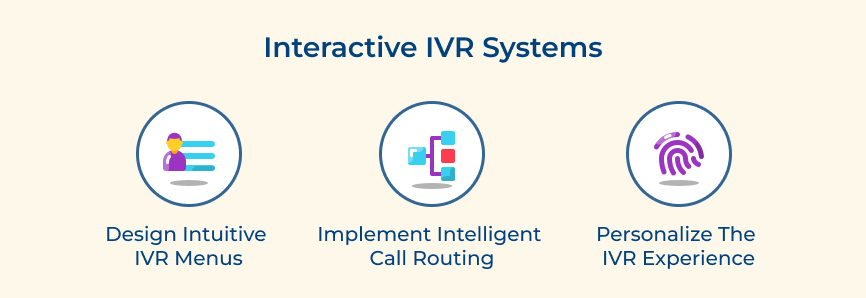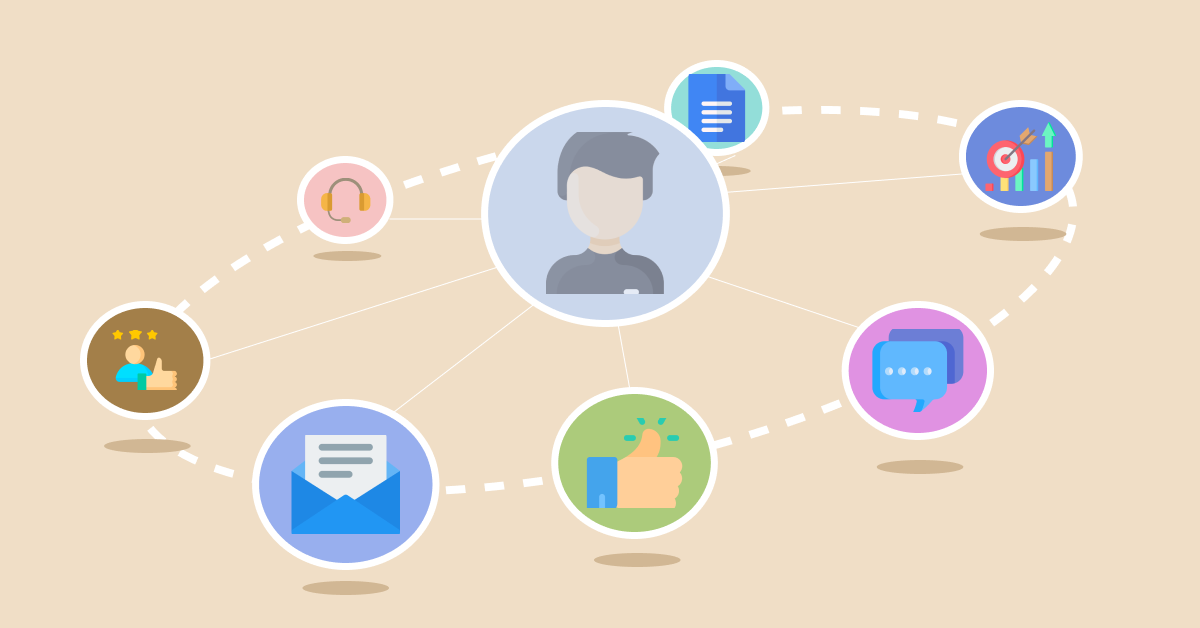1. Automated Help Desk Systems
An automated ticketing system is an AI-driven customer support tool that can streamline customer service by automating help desk ticketing. The systems seamlessly integrate with existing customer relationship management (CRM) platforms, enhancing the support experience.
Automating the system allows customer service agents to focus on resolving more complex or urgent inquiries. It helps to increase efficiency in customer service departments. 86% of employees believe automation will help them do their work more efficiently. Some examples of automated ticketing systems include Zendesk and Freshdesk.
Best practices:
- Customize and optimize automation rules: Take the time to fine-tune the system’s automation rules to align with business processes and customer needs.
- Implement intelligent routing: Use AI algorithms to intelligently route incoming tickets to the most appropriate agents based on their skills, expertise and availability.
- Continuously analyze and improve: Leverage the data generated by the automated ticketing system to gain insights into customer trends, common issues and service gaps
2. Self-Service Knowledge Bases
AI-powered customer self-service knowledge bases are becoming increasingly popular for customer support teams. They allow customers to quickly find answers to their questions without needing direct assistance from a human representative.
The knowledge bases use natural language processing algorithms to understand customer input, returning related search results based on the query entered. Companies empower their customers to resolve issues independently, reducing support costs and increasing customer satisfaction. Some popular providers of self-service knowledge base solutions include Help scout and Agi loft.
Best practices:
- Create comprehensive and user-friendly content: Develop a robust knowledge base by covering various topics and addressing common customer queries.
- Implement intuitive search functionality: Optimize the functionality using AI-powered algorithms to understand customer intent and deliver personalized search results.
- Regularly update and maintain the knowledge base: Monitor customer feedback and analyze search patterns to identify gaps in areas that require improvement.
3. Virtual Assistants
Virtual assistant technologies use chatbots, Intelligent Voice Response (IVR) and natural language processing (NLP) to automate customer interactions. They can provide answers to frequently asked questions (FAQs), facilitate order placements, and handle other straightforward tasks independently.
The IVR systems reduce costs by enabling real-time automated customer conversations, improving responsiveness and efficiency. Companies can save 78% of their costs by hiring a virtual assistant. Virtual assistants can improve efficiency, enhance customer experience and reduce support costs.
Best practices:
- Train virtual assistants with accurate and updated information: Ensure that the virtual assistant is equipped with comprehensive information.
- Implement seamless handoffs to human agents: Virtual assistants should be able to recognize when a query requires human intervention or is beyond their capabilities.
- Continuously monitor and improve performance: Leverage customer feedback to refine the virtual assistant’s responses and capabilities, optimizing the overall customer support process.
4. Chatbots
Chatbots are one of the most common uses of AI in customer support. They have replaced traditional customer service agents to handle a high volume of inquiries and provide instant responses without human interaction. 62% of consumers prefer a customer service bot rather than wait for human agents to answer their requests.
Using natural language processing allows the customer support chatbots to recognize customer questions and provide intelligently tailored answers. It saves customers and support staff time, leading to improved overall satisfaction levels.
Best practices:
- Design a conversational user interface: Use a conversational tone, employ greetings and provide clear instructions for customers to follow.
- Regularly update the knowledge base: Regularly analyze chat logs and user feedback to identify areas where the chatbot can be improved.
- Offer seamless escalation to human agents: Implement a seamless handoff process that allows customers to transition to a human agent when needed effortlessly.
5. Workflow Automation
AI-powered workflow automation can be used in customer support to streamline internal processes. Automations help standardize workflows so they can be completed faster with greater accuracy while still being tailored to each customer’s situation.
As per research by McKinsey, 60% of employees could save 30% of their time with workflow automation. It increases customer satisfaction as inquiries are answered quickly and accurately without needing a human agent involved. AI-powered workflow automation can significantly enhance customer support processes.
Best practices:
- Identify and map key customer support workflows: Identify repetitive tasks, manual data entry, and other bottlenecks that can be streamlined through automation.
- Integrate AI and automation technologies: The integration can reduce response time, ensure accuracy and free up support staff to focus on complex issues that require human expertise.
- Regularly monitor and optimize automated workflows: Identify areas that need improvement and make necessary adjustments to optimize efficiency.
6. Personalization
Personalization is one of the most impactful tools in customer support. AI can improve customer support by providing tailored interactions between the two parties involved (the company and the customer). Adobe revealed that delivering personalized experiences in real-time is marketers’ top priority.
AI-driven natural language processing capabilities allow businesses to customize content according to available information about each user. They can deliver experiences that will delight audiences based on their individual preferences and interests via different digital channels (e.g. websites).
Best practices:
- Collect and leverage customer data: Utilize AI algorithms to identify patterns, preferences and individual characteristics.
- Implement dynamic content delivery: Tailor product recommendations, promotional offers and support resources based on each customer’s preferences.
- Enable self-service personalization options: Provide self-service options where customers can set their preferences, choose communication channels and customize the information they receive.
7. Natural Language Processing
Powered by machine learning algorithms, natural language processing (NLP) provides automated text comprehension capabilities. It enables computers to interpret written words much more effectively than ever.
